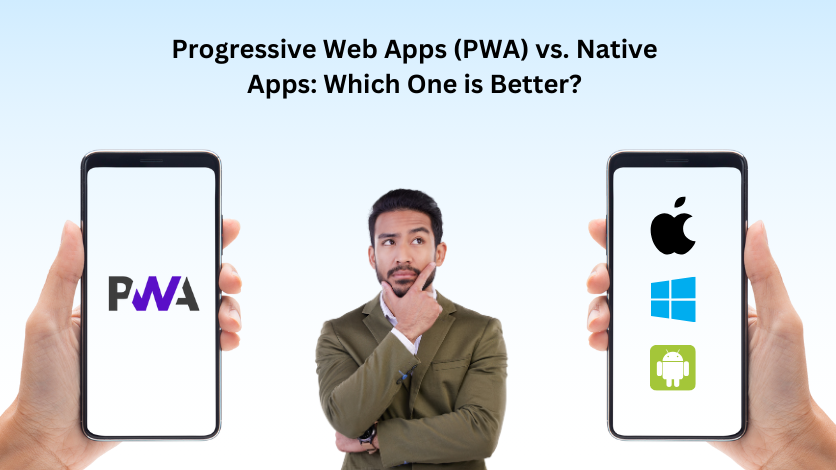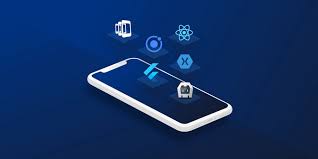If you’re searching for a reliable App Development Company in Delhi, understanding the difference between Progressive Web Apps (PWAs) and Native Apps is essential. Businesses today need apps that not only deliver smooth user experiences but also maximize reach and efficiency. PWAs and Native Apps each have unique strengths, and choosing the right one can make or break your digital strategy.
So, what’s the actual difference? And why does every app company in Delhi keep pushing one over the other? Let’s break it down.
First up—Progressive Web Apps (PWAs). Think of them as websites that flex hard, pretending to be apps. You pop ’em open in your browser, but they look and feel like the real deal. Some cool stuff they pull off:
Work offline? Check. Lost your signal in the Delhi Metro? No sweat.
You don’t have to hunt them down in the app store. Just “install” straight from your browser. It’s sneaky-easy.
They load fast. Like, blink-and-you-missed-it fast.
Updates? They handle that behind your back, so you don’t need to nag users.
Honestly, loads of app developers in Delhi are all over PWAs for businesses that want to launch quick and cheap, without worrying about which phone someone’s using.
Now, Native Apps. These are the classics—the OGs. You know, the ones you actually download from Google Play or the App Store. They’re built just for Android or iOS (sometimes both, if you’re swimming in budget). Why bother with the extra work?
They’re zippy. Native apps run smoother than butter on hot toast.
You get all the bells and whistles: camera, GPS, push notifications, you name it.
People still trust app stores. Having your app there? Instant street cred.
Security’s tighter. No random web hijinks—your data’s locked down.
If you’ve got a big, fancy business idea—or you just want to impress your investors—native’s the way to go. A good Delhi app dev team will tweak it to fit your needs.
So, how do you pick?
Budget & Timeline: Need it ASAP and cheap? PWA. Want it perfect, with all the trimmings? Native.
User Experience: Native’s smoother, especially for complex stuff. PWAs are catching up, though.
Audience Reach: PWAs play nice with any device, any browser. Native? You’re stuck building for both Android and iOS if you want full coverage.
Updates & Maintenance: PWAs update themselves. Native apps, well, you gotta push updates through app stores, and sometimes wait for approvals. Not fun.
Why bother hiring a Delhi app company anyway? Well, unless you’re a coding wizard, you’ll want folks who’ve done this before. The pros here know all the UX tricks, can hook up your CRM or payment systems, and won’t ghost you after launch.
Bottom line: There’s no one-size-fits-all. Both options have their perks—and their headaches. If you pick a solid Delhi app development crew, at least you’ll know your money’s going into something that actually works, not just another pretty icon on someone’s phone.
So, figure out what matters most: speed, budget, reach, or flexing those app features. Then call the experts. Your future self will thank you. Or at least, you’ll have one less thing to stress about.




